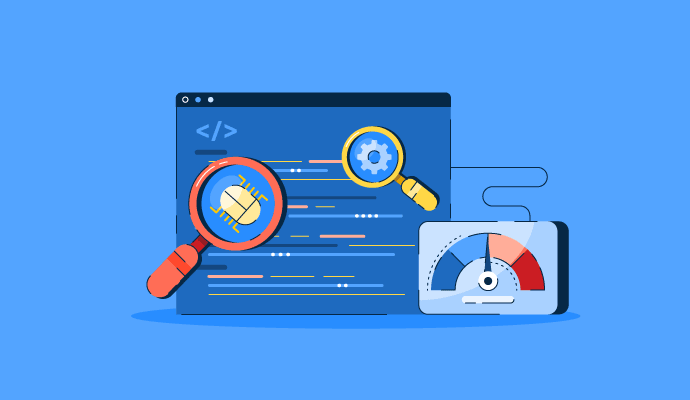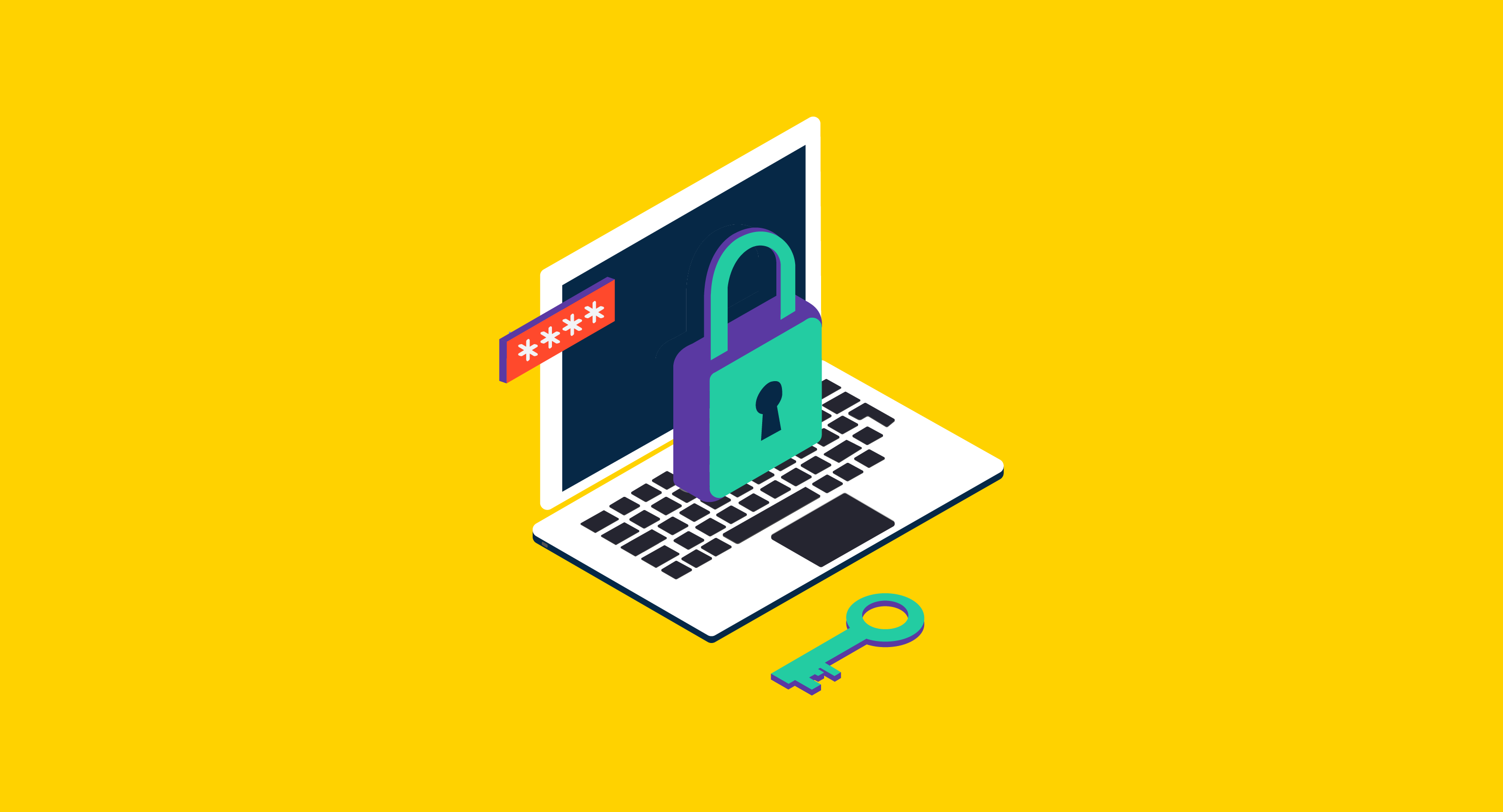When it comes to evaluating software and its usability, there’s alpha testing, beta testing, and gamma testing. Are all three really necessary?
By now, you’ve ideally created your wireframes and the resulting app design with a user-first approach. Beta testing ensures that your target users will be happy with the product and its overall functionality.
Why beta testing is important
In the crowded app market, the more testing the better. On average, apps lose over 95 percent of users after 90 days. Real user testing is key to retention because your pre-launch testers are your post-launch users.
What is beta testing?
Beta tests are preformed by real users of a product, usually a software, before it’s officially released to the public. Beta testing allows developers to gather feedback from their target audience and implement changes to their software, if necessary.
Beta testing, also known as user acceptance testing (UAT), is actually the second phase of the software testing process.

Alpha testing is first phase and is completed by the developers themselves or other internal employees. The main objective of an alpha test is to find and fix glaring issues or bugs within the software. After this initial testing, the product is more or less stable and beta testing can begin. Once beta testing concludes, gamma testing is the last effort to catch problems before launch, with safety as the main goal.
Tip: The entire testing stage of your app development is often referred to as quality assurance, or QA. As much as 25 percent of the total development cost should be allocated to QA alone. This huge expense is often overlooked when figuring the cost of app development.
Quer aprender mais sobre Ferramentas de Teste de Software? Explore os produtos de Teste de Software.
Software testing tools
The development or project management team can choose to leverage the power of software testing tools throughout the three main stages of user testing, to keep the process organized and on schedule. A few of these solutions offer features that support the collaboration between the dev team and the testers, as well as a way to monitor testing activities.
7 steps for successful beta testing
While it's a necessary step when making an app, there is no standard for how a beta test should be carried out – which makes it difficult to know if you’re doing it right. You can’t expect to receive quality feedback from your users if your testing process is inadequate or incomplete.
1. Finish internal testing
It might seem obvious, but you really shouldn’t attempt beta testing until alpha testing is finished. It’s not worth the minimal time you save by doubling down to do the two simultaneously.
Say you find a bug during your alpha testing and push a fix. Then you have to relay that information to your users and a lot can be lost in translation. It can lead to confusion, and ultimately frustration for your beta testers.
2. Choose platforms and devices
It’s absolutely necessary that you test your software, website, or app across different devices and platforms. The more devices and platforms you include in your beta tests, you are more likely to mitigate issues for real-world users. In many cases, beta tests are assigned to different people on a specific device to ensure that you’re covering all the bases.
For example, if your app is built for iOS make sure you are testing on newer and older models of the iPhone, iPad, and/or Mac. Similarly, a website should be evaluated on multiple browsers with varying sizes.
3. Decide how many beta testers you need
Depending on the size of your project, you could have anywhere from 50 to 500+ beta testers. There are one-off projects that will require less compared to massive rollouts that will require more. However, there is such a thing as too many beta testers, so it’s important to think about scale when making this decision.
For instance, if your 15-page project has 200 testers, chances are their feedback will be redundant, which will create a very tedious process for your developers. Your team should be weeding through every single entry, no matter how many there are.
4. Create a tester persona
At some point in your app development process, you most likely defined your target audience with one or more user personas. This ideal user should be used throughout your entire project, from nailing down the user experience in initial ideation to marketing your app after final launch.
Think about what skills your target audience would have and how that relates to your testing. Build the beta test around these skills to get the most useful information back.
5. Give yourself a deadline
In a perfect world, your beta testers would start and finish the task in one sitting. But we don’t live in a perfect world, do we? By no means should you rush the process, but, by giving yourself and your testers a fair deadline, you create a sense of urgency. Emphasis on fair.
Of course, the time it takes to complete a thorough beta test varies greatly. Factors that can contribute to the length of time all hinge on the size and scope of the project, including the number of pages, depth of content. etc.
6. Find your beta testers
There are platforms and services that are specifically built to connect beta testers with developers. When your test is only delivered to a limited amount of “hand-picked” users within your target market, it’s called a closed beta test.
But what if your user personas aren’t represented on these sites, or they cover a wide group of people? You might have to get creative with your outreach. An open beta test, also referred to as a public beta test, has no restrictions as to who does the testing. You can use an appropriate hashtag like #testmyapp on Twitter or post on subreddits like /r/TestMyApp.
7. Be open to feedback
You just went through all the trouble to get the real users’ thoughts and feelings on your product. It’s critical that you use it, but that doesn’t mean you have to use all of it.
It’s inevitable that the personal opinions of your testers will come into play, but it’s up to your team whether or not to heed the advice. However, if multiple users come to the same conclusion on a specific issue, you might want to consider it.
Perfect the balancing act
Effective and efficient beta testing requires you to get a lot of different factors just right. Start by creating a clear picture of your target user, defining a budget and timeline, and weigh feedback as you see fit.
Interested in app development? Let’s get technical, technical. Learn more about the nuts and bolts, APIs and SDKs, that are the foundation for almost every app on the market.
Bridget Poetker
Bridget Poetker is a former content team lead at G2. Born and raised in Chicagoland, she graduated from U of I. In her free time, you'll find Bridget in the bleachers at Wrigley Field or posted up at the nearest rooftop patio. (she/her/hers)

